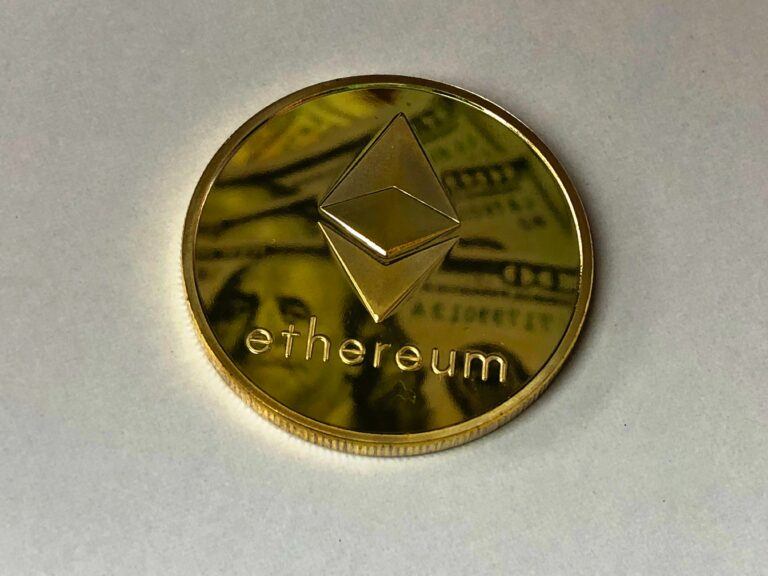According to a research report published on Wednesday (May 15) by crypto surveillance firm Chainalysis, just 376 “whales” hold one third of all ETH.
Although one of the original motivations for cryptocurrency was decentralization, Chainalysis’ research has shown that over 30% of all Ether and over 20% of all Bitcoin is controlled by whales.
Chainalysis’ latest reseach report found that Ether whales
- account for only 7% of all “economic transaction activity;
- have no “meaningful impact” on the Ether price; and
- increase intraday price volatility with “their large sell-offs.”
Chainalysis defines whales as “the top 500 holders of cryptocurrency, excluding services, who store their holdings off exchanges.” The good news is that although whales control 33% of the circulating supply of ETH, in 2016, they controlled even more — 47%.

Despite controlling one third of the circulating supply of ETH, the whales do not move their ETH very often, accounting for “between 5% and 18% of economic transaction volume.” The reason for this is that around 60% of the whales are not active traders (i.e. they “are holding their assets or not regularly trading with exchanges”).
By looking at the Ether price from early 2016 to the end of April 2019, Chainalysis found that
- “Ether prices follow Bitcoin prices.” (On average, the ETH price goes up by 1.1% if the BTC price goes up by 1%.)
- “Funds that whales send to exchanges do not directly impact Ether price but they do contribute to price volatility.”
- “Funds that whales receive from exchanges do not impact Ether prices, nor intraday volatility.”
Kim Grauer, a senior economist at the company, told Bloomberg in an interview:
“We’re excited to bring the models that have been applied to the stock market to cryptocurrencies.”
According to CryptoCompare, at press time, Ether is trading at $260.24, up 11.18% in the past 24-hour period:

Ether Whale Chart Courtesy of Chainalysis. The full research report is available as a blog post on the Chainalysis website.









